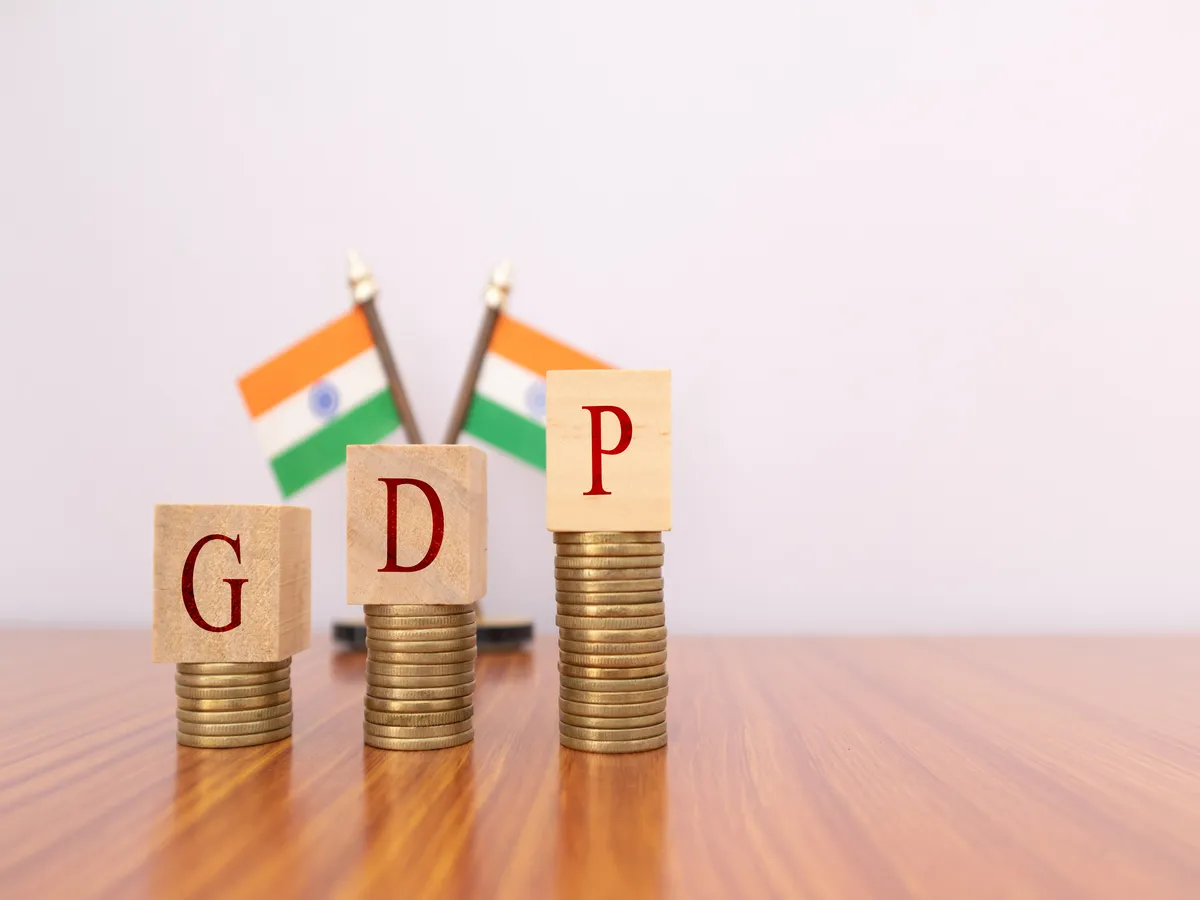Business News
Here’s how India’s 7% growth target for 2024 could shape your wallet
.png)
3 min read | Updated on July 29, 2024, 17:09 IST
SUMMARY
India’s economy carried forward the momentum it built in FY23 into FY24 despite a series of external challenges. Consistent growth was achieved amid geopolitical uncertainties and the economic impacts of the Russia-Ukraine war. The gross domestic product (GDP) grew 8.2% in FY24, backed by stable consumption and improved investment demand.

The economic survey projected exports to improve during the year with better growth prospects in advanced economies.
India’s GDP growth rate has been projected to be around a healthy rate of 6.5-7% in FY25, according to the Economic Survey 2023-24. India's GDP growth rate has remained higher than 7% in the last three financial years. The gross domestic product (GDP) grew 8.2% in FY24, which was backed by stable consumption and improved investment demand.
"The survey conservatively projects a real GDP growth of 6.5-7%, with risks evenly balanced, cognizant of the fact that the market expectations are on the higher side," said the Economic Survey 2023-24.
The survey projected exports to improve during the year with better growth prospects in advanced economies.
India’s economy carried forward the momentum it built in FY23 into FY24 despite a series of external challenges. The consistent growth was achieved amid geopolitical uncertainties and the economic impacts of the Russia-Ukraine war. The focus on macroeconomic stability ensured that external challenges had minimal impact overall.
Employment
Job creation has been one of the key areas of concern for the government, especially after the COVID-19 pandemic. Improving the economic state will translate into creating new demand for the workforce. India has a large population of skilled and unskilled labourers who are ready to take on opportunities coming their way. Economic growth will fuel growth across industries, creating new jobs and prospects for the country’s human resources. With businesses growing, wages and salaries of the workforce could also go up.
Booming stock market
The National Stock Exchange's Nifty50, representing India's top 50 blue-chip companies across diverse sectors, has surged by over 240% during this period.
Similarly, BSE's benchmark index, Sensex, has grown by over 230% during this period.
With enhanced economic growth, the country's capital market is expected to maintain its growth trajectory. It could boost investor confidence, potentially leading to a rise in stock market indices. For those already invested in equities, this might translate into higher returns.
Real estate investment
With increased economic prosperity, people will look for the house of their dreams and invest in real estate. The demand growth will fuel higher property value and rents, benefiting property owners and investors.
Enhanced spending on infrastructure to sustain an economic upsurge will also lead to improved public services and potentially increase property values.
Taxation
The government could offer subsidies, tax cuts and incentives to industries and entrepreneurs to aid economic growth. A tax cut will mean increased disposable income, facilitating spending and savings.
Spending
Economic growth paves the way for higher income and an increase in purchasing power. With enhanced disposable income, people will look to spend more on goods and services. However, this trend also brushes with the chance of a rise in inflation.
Savings and Borrowings
The Reserve Bank of India might adjust interest rates if growth leads to inflationary pressures. Higher interest rates could increase the cost of borrowing but also offer better returns on savings.
A thriving economy could make it easier to secure loans for personal or business purposes.
To sum up, a growing economy could be promising by opening up more employment opportunities and increasing disposable income in the hands of the common man.
About The Author
Next Story

